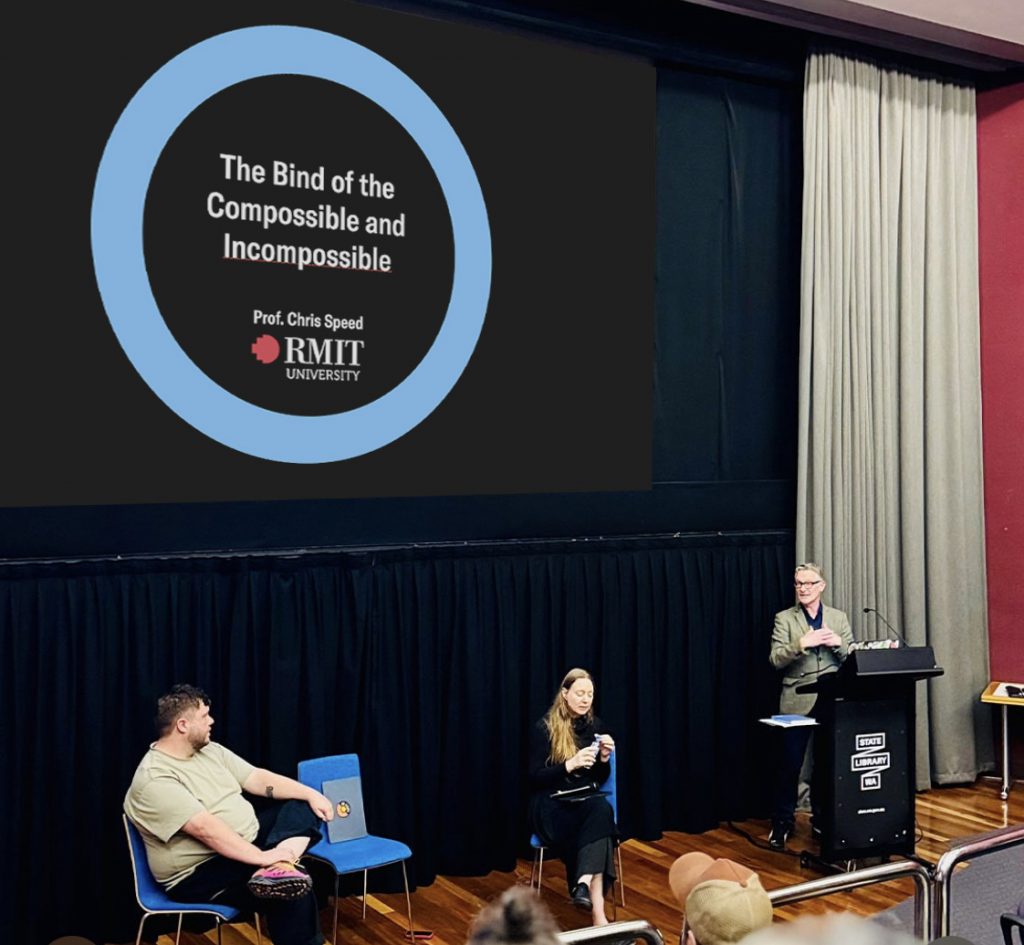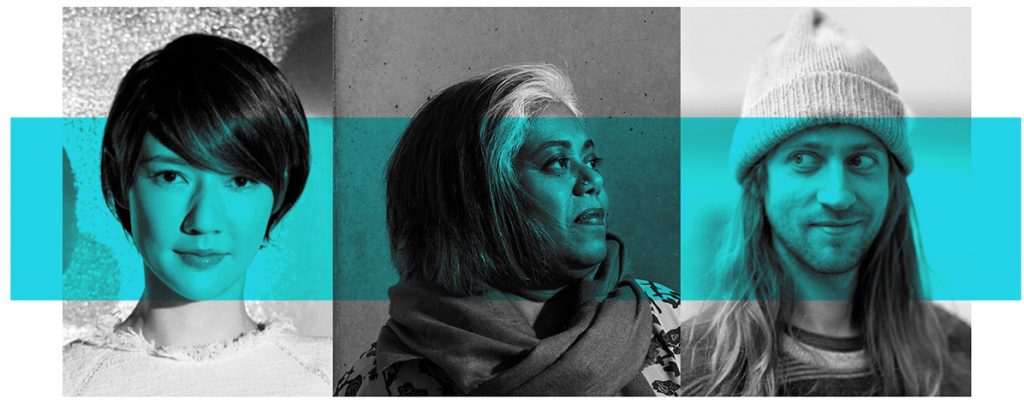Erasure: Disposal of Place

A few of us proposed what we thought was an interesting TOTeM related panel for Mapping, Memory and the City conference. Unfortunately it didn’t get in, although a paper on Walking Through Time did. However I think the idea is still interesting and that’s why I have a blog – to record it! The panel was concerned with discussing the value of ‘old’ objects as conduits of memory and their ability to sustain social, environmental and cultural ties through the novel use of digital technology. My angle looked at the will to erase, and in particular a project by Jasper Joffe:
Erasure: Disposal of Place
Chris Speed
“My emotions exist I guess in my brain, not in the stuff that I own, the things that I feel… the things I do, don’t relate to the photos I’ve got in a box or an object that I keep at home, or you know, an antique teddy bear.”
Jasper Joffe, 2009
In the summer of 2009 Jasper Joffe staged the sale of everything that he owned at the Idea Generation Gallery in London. Everything from his paintings, drawings, teddy bears, and rare books was grouped into 33 different lots, each on sale for £3,333. Part of the publicity for the show involved a short interview on BBC Radio. During this interview he described how the installation / performance offered him an opportunity to “re-think everything” and to overcome a tendency of “getting stuck with old habits”. Whilst it is both difficult to take seriously the explicit exchange of mundane object for artefact, particularly as wider society is in economic recession, Joffe revisits a common legacy of Modern cultural practice: to be free is to relinquish oneself from belongings, and that memory and object can be easily separated.
The BBC interview can be heard here:
Using cultural coordinates from twentieth century and recent history, this paper traces the history of ‘letting go’ of objects and offers an understanding of the trait as a measure of technological determinism, which adheres to a linear and teleological model of time. The paper uses this argument to question the momentum behind the technical and industrial Internet of Things that has invested millions of pounds in tagging new objects, and ignoring the old.
Related posts

“This communication is not for you.”
Looking to connect 2 recent events / conversations (as is my want) this time to explore a fundamenta

Design Frequencies: Sharing International Practice in Design Research
Already deep into semester two here. Last semester School of Design RMIT College of Design and Socia

The Labour of the Rejected / “Walk the Plank”
Still playing catchup with so many events. A few weeks ago during hashtag#DIS2025, Mafalda Gamboa an

Design Contradictions
Two projects during Melbourne Design Week with collaborators Michael Dunbar and Liam Fennessy to exp

Paradox of Collaborative Speed
Two events in Melbourne over the past 10 days week revealed a tension across contemporary technology

Slow Materials, Slow Money: Can Design Decelerate?
Two events that I’m trying to tie together to glean some connections. The CHI panel on Regenerativ

From Food Networks to AI Governance
Back to reporting on events in Narme/Melbourne. From Food Networks to AI Governance: Reflections on

Planetary Pedagogies
Following the launch of PlanetaryCivics two weeks ago, this is the second extension to contributions

Space Debris to House Keys
Part 2 of catching up with the weeks of activity in Melbourne through February. From Space Debris to

Measuring our demise
Oh Melbourne, three parallel events that spanned the week: RMIT College of Design and Social Context